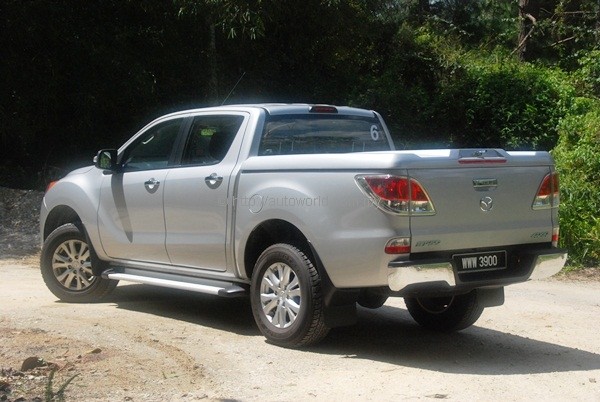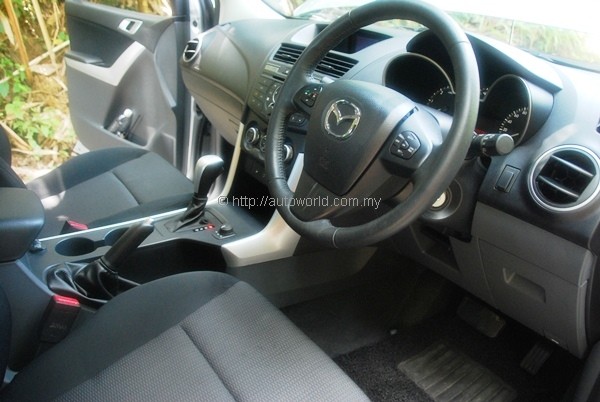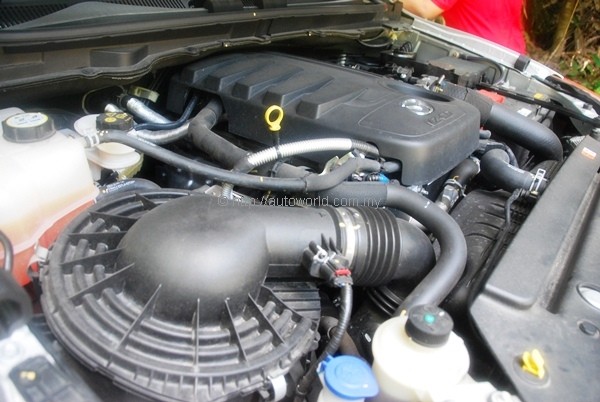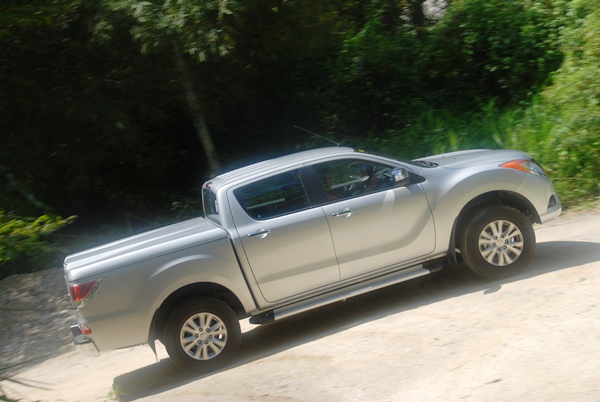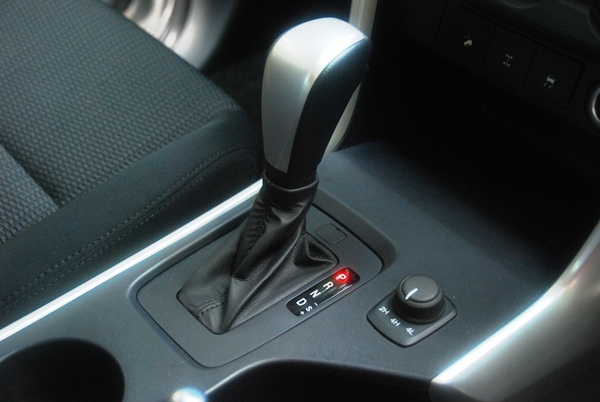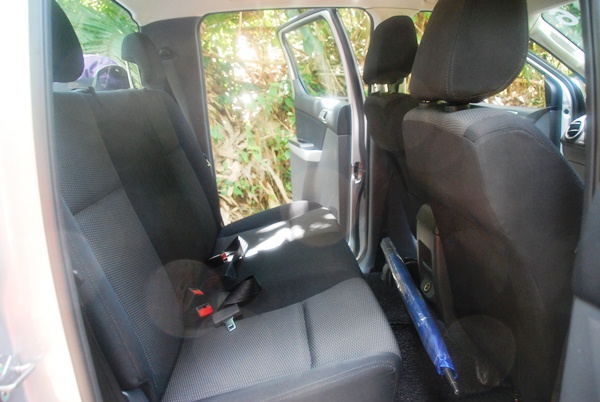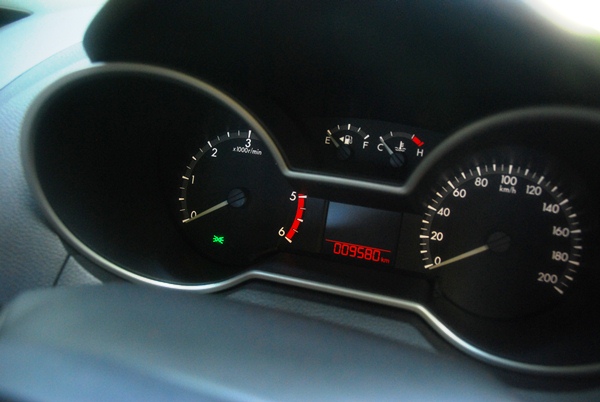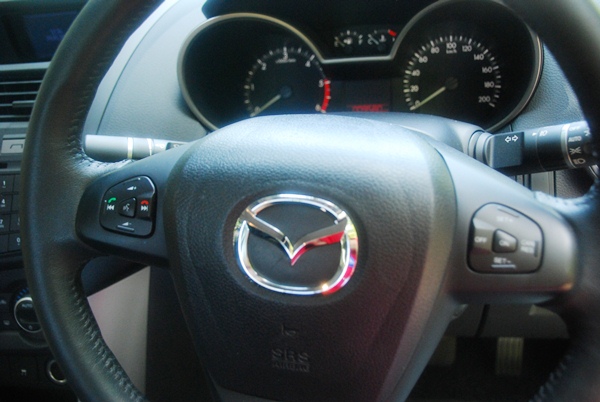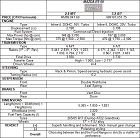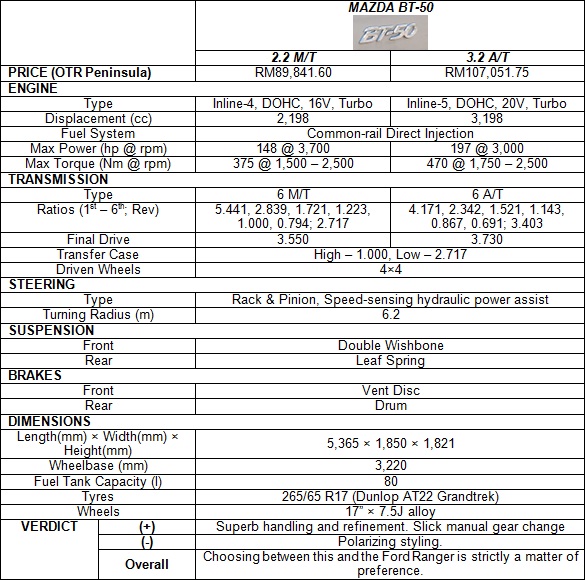Mazda BT-50 Test Drive Review
Since its launch in the middle of last year, the all-new Ford Ranger T6 has swept all plaudits before it. Although it has yet to knock the Toyota Hilux off its perch, the Ranger has thus far bowled critics over, and Ford’s cabinet is now burgeoning with trophies, including two from the recent Autoworld Car of the Year Awards 2012.
The Ranger’s runaway success nevertheless raises a very interesting question – why hasn’t the mechanically identical and comparably priced Mazda BT-50 attracted the same attention? We can’t speak for our friends in other publications, but for our awards, we can tell you that our judges scored the Ranger and BT-50 relatively on par, but once the fight was taken to the online polls, the Mazda stood absolutely no chance next to the mighty Ford’s popularity.
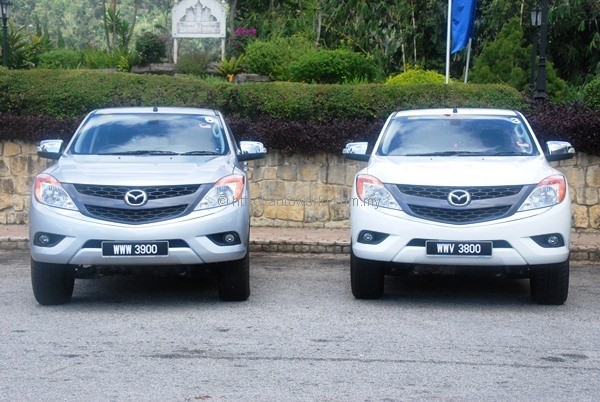 |
| We tested the 2.2 M/T and 3.2 A/T during the recent Mazda6 media drive at Bukit Tinggi. |
We tested the BT-50 in its most basic 2.2 manual guise during our awards evaluation last year, and during the recent Mazda6 media drive held at Bukit Tinggi last month, we had a chance to renew our acquaintances with the test car along with its 3.2-litre sibling. The middle-child 2.2 automatic model was not available; a separate review of that variant will be published should we get our hands on a test car at a later date.
Inclusive of insurance in Peninsula Malaysia, the BT-50 2.2 goes for RM89,841.60 and RM95,552.60 for the manual and automatic variants respectively. The range-topping auto-only 3.2 rings the cash register at RM107,051.75. This puts the 2.2-litre variants within less than RM100 of the Ranger’s price, but the 3.2 undercuts the aggressively-appointed Ranger Wildtrak by a more significant margin of almost RM10k.
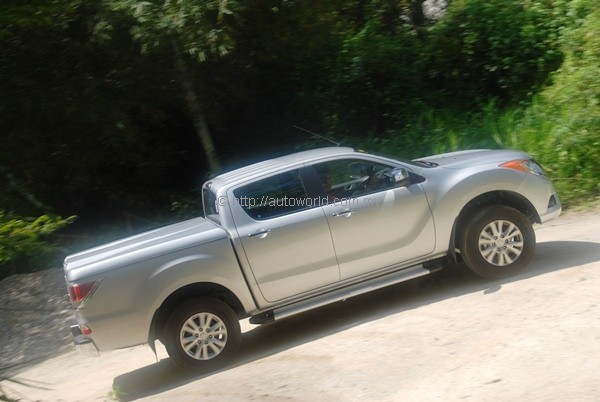 |
| Like the Ranger, the BT-50 impresses with excellent road manners. |
Engines on offer are identical to the Ranger, which means you can have either a 2,198cc-litre four-cylinder with 148hp and 375Nm on tap or a 3,198cc five-cylinder with 197hp and 470Nm at your command. Manual or auto, your transmission has six gears, which makes the BT-50 and the Ranger the only trucks to have six-speed transmissions as standard regardless of choice. Oh wait, there’s the Ssangyong Actyon Sport.
Equipment-wise, the 2.2 manual misses out on stability and traction control, hill hold assist, and cruise control, but all other items are standard across the range. This probably explains the relatively small premium which the 3.2 commands over the 2.2 auto compared to the margin that separates the Ranger Wildtrak 3.2 from the Ranger 2.2 XLT. Indeed, buyers of all BT-50 variants can look forward to advanced features such as auto wipers, voice command, auto headlamps, dual zone auto climate control, ABS, and dual airbags amongst many other items.
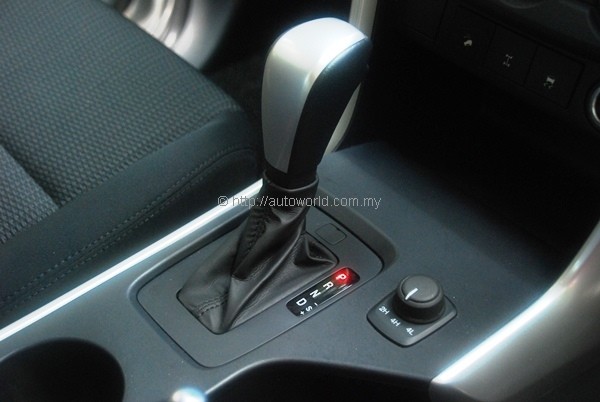 |
| 6-speed automatic transmission standard on the 3.2 and optional on the 2.2. |
Our overall drive time of the BT-50 was neither as lengthy nor as extensive as what we had with the Ranger, so we are only able to provide you with brief impressions, but those brief impressions are positive, and they all reminded us of the very same qualities that led us to wax superlatives over the Ranger. Ride quality is not as pliant as the Mitsubishi Triton, but body control is exceptional, and both variants impressed in how well composed they were when sweeping through Bukit Tinggi’s famous twisty roads.
Refinement is the area where the Ranger truly redefined the pick-up game, and the same quality is replicated in the BT-50 – its running gear is perhaps the most car-like amongst pick-up trucks. Both engines rev smoothly, the steering is pleasantly quick and offers decent feedback, and noise insulation is perhaps its outstanding quality – class-leading and simply beyond reproach.
 |
| Tail lights sport a bold design. Can you take it? |
There is one area which the BT-50 betters the Ranger; the clutch and manual gear shift of the manual BT-50 felt smoother and better sorted compared to the Ranger’s. Although both trucks delight with short and precise throws, getting gear changes right, even upshifts, is a trickier task in the Ranger requiring high levels of finesse with your throttle control. The BT-50 was a bit more idiot-proof in that sense.
If the above is a typical characteristic rather than an anomaly of our test cars, it would perhaps vindicate Mazda’s decision to not rush the BT-50 to launch together with the Ranger, buying the engineers precious time to further refine the product. We are now interested to see, though not fully betting our mortgages on it, whether the BT-50 2.2 auto resolves the noticeable turbo lag that plagues its Ranger counterpart.
In most aspects, the BT-50 is simply a Ford Ranger with a different face, and the question that the buyer inevitably needs to answer is whether he or she prefers the Ranger’s angular masculine looks or the BT-50’s polarizing curves. Choosing between the two is largely a matter of preference, but those going for the 2.2 manual might want to consider putting the BT-50 one rung above the Ranger in their shortlists because of the Mazda’s slightly better-resolved gear change. Otherwise, there really is little or no difference.
 |





